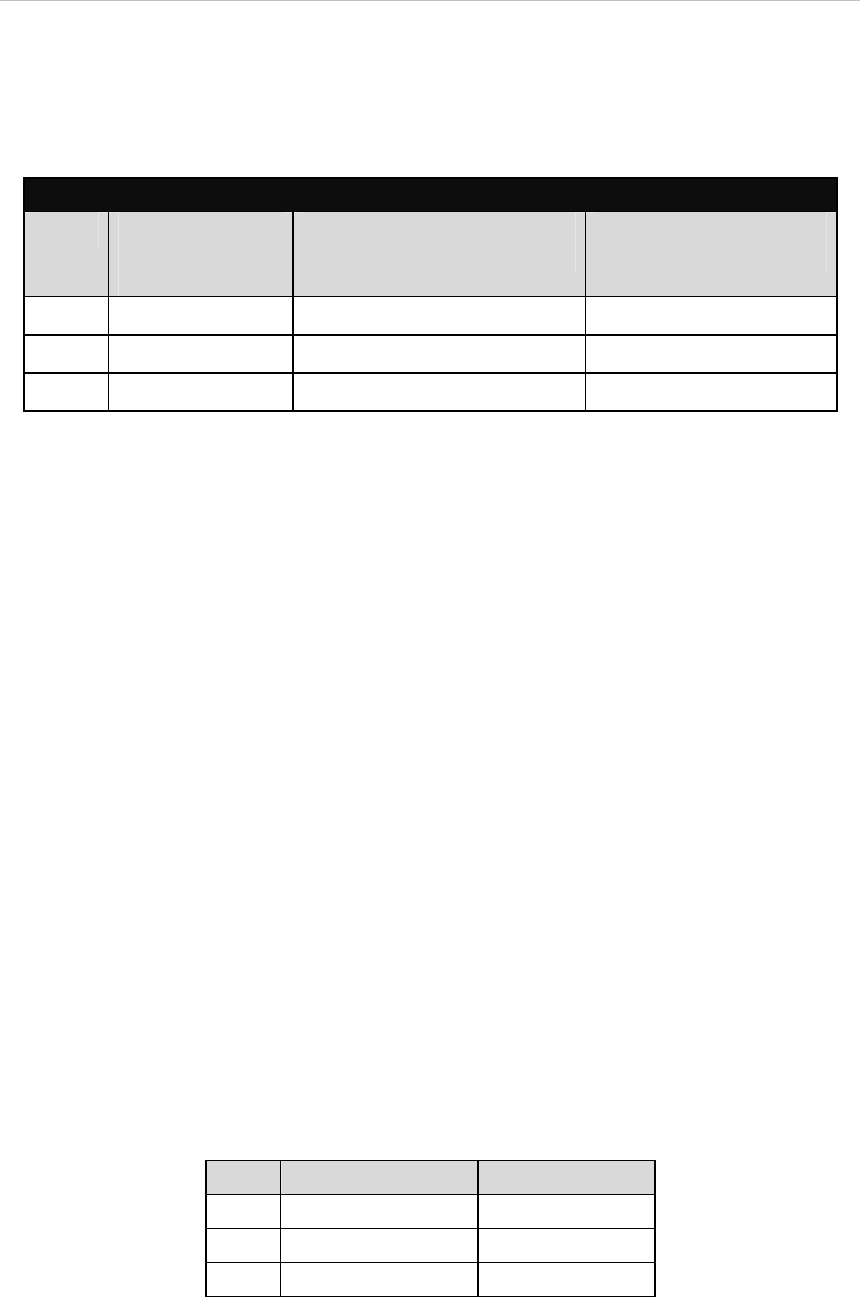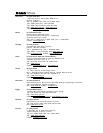
DSL-504T DSL Router User’s Guide
60
Networks attached to the Internet are assigned class types that determine the maximum number
of possible hosts per network. The previous figure illustrates how the net and host portions of the
IP address differ among the three classes. Class A is assigned to networks that have more than
65,535 hosts; Class B is for networks that have 256 to 65534 hosts; Class C is for networks with
less than 256 hosts.
IP Network Classes
Class
Maximum Number
of Networks in
Class
Network Addresses (Host Portion
in Parenthesis)
Maximum Number of Hosts
per Network
A 126 1(.0.0.0) to 126(.0.0.0) 16,777,214
B 16,382 128.1(.0.0) to 191.254(.0.0) 65,534
C 2,097,150 192.0.1(.0) to 223.255.254(.0) 254
Note: All network addresses outside of these ranges (Class D and E) are either
reserved or set aside for experimental networks or multicasting.
When an IP address's host portion contains only zero(s), the address identifies a network and not a
host. No physical device may be given such an address.
The network portion must start with a value from 1 to 126 or from 128 to 223. Any other value(s)
in the network portion may be from 0 to 255, except that in class B the network addresses
128.0.0.0 and 191.255.0.0 are reserved, and in class C the network addresses 192.0.0.0 and
223.255.255.0 are reserved.
The value(s) in the host portion of a physical device's IP address can be in the range of 0 through
255 as long as this portion is not all-0 or all-255. Values outside the range of 0 to 255 can never
appear in an IP address (0 to 255 is the full range of integer values that can be expressed with
eight bits).
The network portion must be the same for all the IP devices on a discrete physical network (a
single Ethernet LAN, for example, or a WAN link). The host portion must be different for each IP
device — or, to be more precise, each IP-capable port or interface — connected directly to that
network.
The network portion of an IP address will be referred to in this manual as a network number; the
host portion will be referred to as a host number.
To connect to the Internet or to any private IP network that uses an Internet-assigned network
number, you must obtain a registered IP network number from an Internet-authorized network
information center. In many countries you must apply through a government agency, however they
can usually be obtained from your Internet Service Provider (ISP).
If your organization's networks are, and will always remain, a closed system with no connection to
the Internet or to any other IP network, you can choose your own network numbers as long as
they conform to the above rules.
If your networks are isolated from the Internet, e.g. only between your two branch offices, you can
assign any IP Addresses to hosts without problems. However, the Internet Assigned Numbers
Authority (IANA) has reserved the following three blocks of IP Addresses specifically for private
(stub) networks:
Class
Beginning Address Ending Address
A 10.0.0.0 10.255.255.255
B 172.16.0.0 172.31.255.255
C 192.168.0.0 192.168.255.255


















